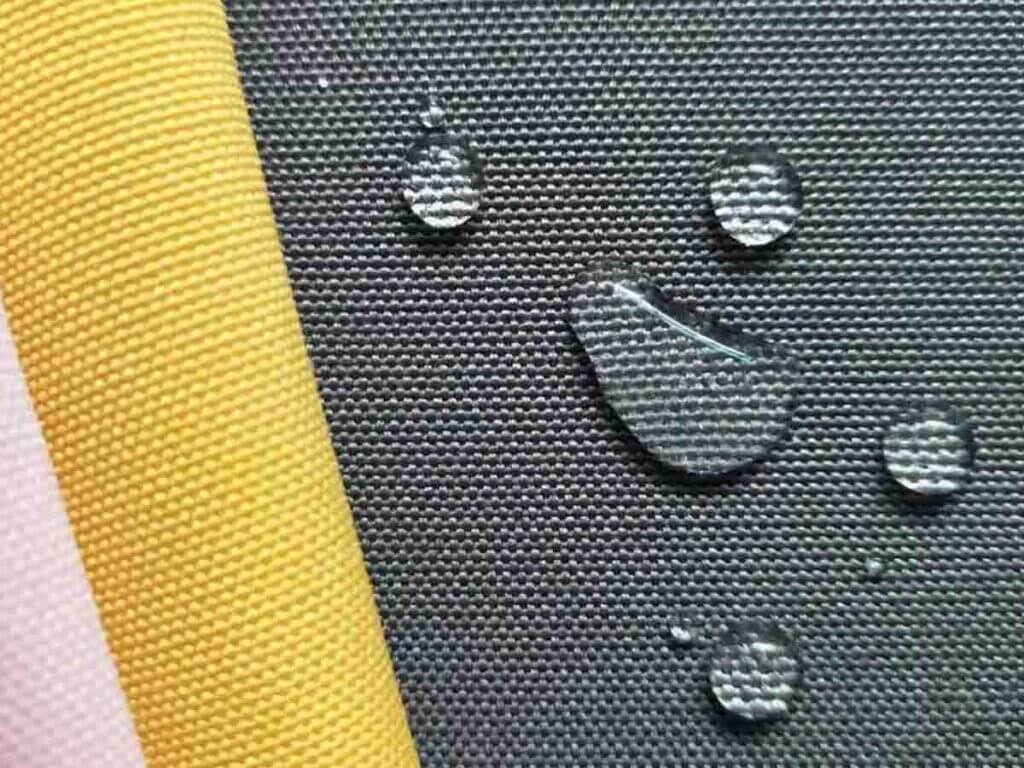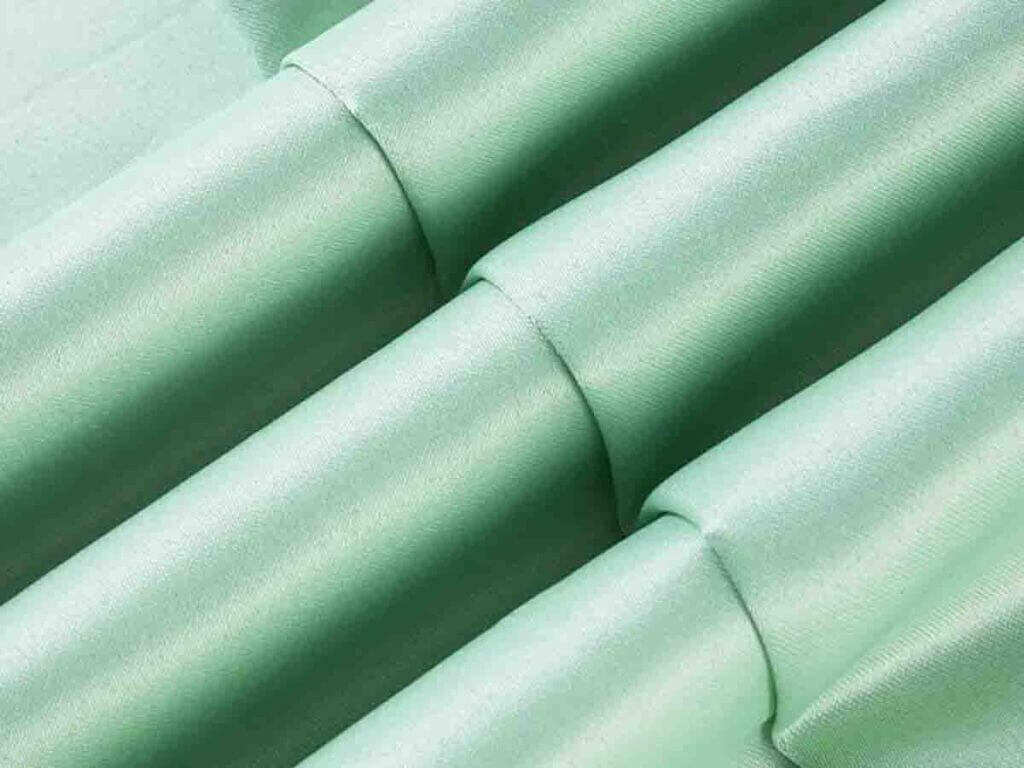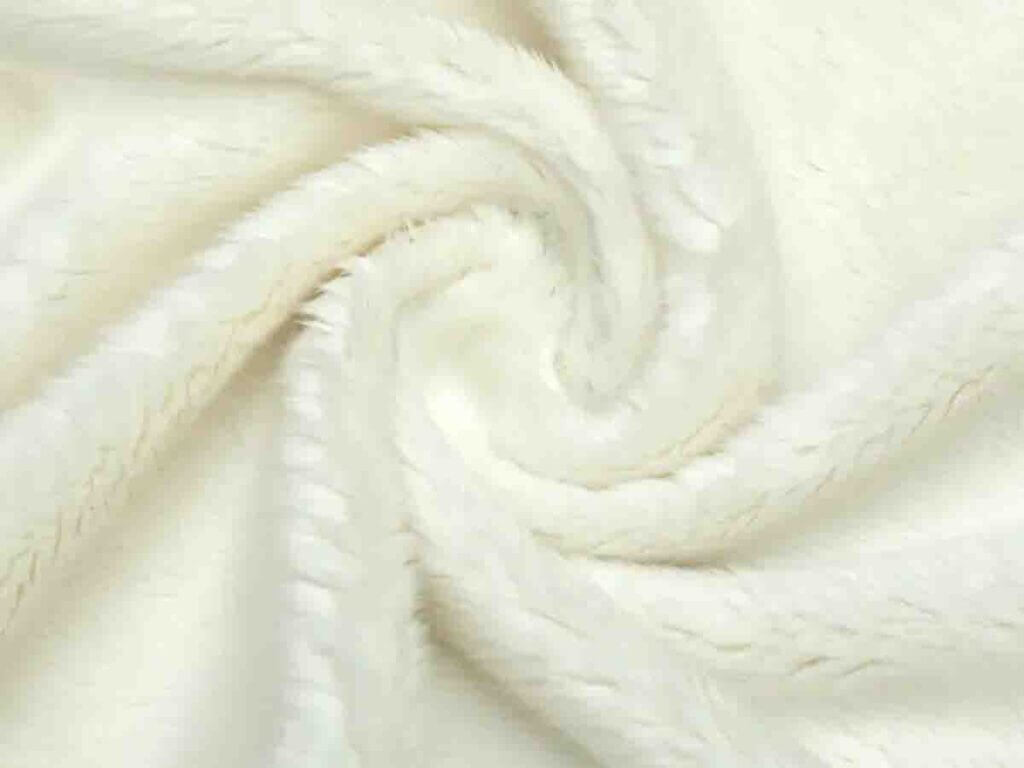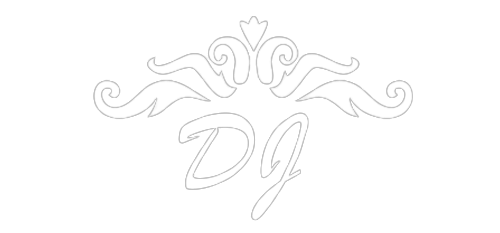Find your woven fabric manufacturer
No MOQ with a diverse selection of fabric types
Custom Woven Fabrics Tailored to Your Specifications
Woven Fabric
Delivering The Highest Quality Fabrics
Woven fabric is a textile formed by weaving. It is produced on a loom, and made of many threads woven on a warp and a weft. This traditional method of fabric production has been used for thousands of years and provides a variety of textures, strengths, and uses, from fashion to home décor.
Dijin Textile's Premium Woven Fabric Collection
At Dijin Textile, we take immense pride in presenting an extensive assortment of superior woven fabrics. Every piece in our collection is meticulously crafted, guaranteeing that each fabric variant meets the distinct demands of style and functionality.
Plain
Plain weave, often referred to simply as “tabby weave,” is the most basic and common type of weave structure. In this weave, the warp and weft threads cross over and under each other alternately, creating a simple crisscross pattern. This straightforward method of weaving is foundational to many textiles and is used in various fabrics, from lightweight cottons to heavy canvases.
Advantages of plain weave fabric include:
Durability: Due to its tight and even weave structure, plain weave fabrics are sturdy and can withstand wear and tear, making them suitable for everyday use.
Versatility: Plain weave’s simple structure allows it to be used with various types of yarns, from fine silks to thick wools, making it adaptable to different applications and aesthetics.
Stability: The over-and-under pattern of plain weave ensures that the fabric doesn’t stretch easily in any direction, providing stability to the textile.
Breathability: Depending on the type of yarn and the tightness of the weave, plain weave fabrics can be very breathable, making them ideal for summer clothing.
Smooth Surface: The even structure of plain weave gives the fabric a smooth surface, which can be ideal for printing and dyeing.
Easy Care: Fabrics made with a plain weave structure are generally easy to care for and can be washed and dried without much fuss.
Cost-Effective: Due to its straightforward weaving process, plain weave fabrics are often more affordable than fabrics with more complex weave structures.
Despite its many advantages, plain weave fabric does have some limitations. It may not be as decorative or intricate as other weave structures like twill or satin. Additionally, it might not drape as fluidly as fabrics with a more open weave or those made from more pliable yarns.
In conclusion, plain weave fabric is a versatile and foundational textile that serves as the basis for many of the fabrics we use daily. Its range of benefits, from durability to versatility, ensures its continued significance in the world of textiles and fashion.



Dobby
Dobby fabric is a type of woven textile that is characterized by its intricate patterns and textures. The name “dobby” originates from the term “dobby loom,” a special kind of loom that allows for the weaving of geometric patterns directly into the fabric. Unlike plain weave fabrics, dobby fabrics can have a variety of small, repeated patterns such as dots, checks, and even floral motifs.
Advantages of dobby fabric include:
Texture Variety: One of the standout features of dobby fabric is its varied texture. The dobby loom allows for the creation of raised or recessed patterns, giving the fabric a unique tactile quality.
Versatility: Dobby fabrics can be made from a range of materials, including cotton, silk, and synthetic fibers, making it adaptable for different uses and occasions.
Durability: The tight weave of dobby fabric ensures that it is durable and resistant to wear and tear, making it ideal for items like shirts, dresses, and home textiles.
Distinctive Appearance: The intricate patterns woven into dobby fabric give it a distinctive and elegant appearance, setting it apart from other textiles.
Breathability: Depending on the type of yarn used and the tightness of the weave, dobby fabrics can be breathable, making them comfortable for clothing.
Adaptable Weight: Dobby fabrics can be woven to be lightweight for summer clothing or heavier for winter garments, making it a versatile choice for various seasons.
Easy Care: Many dobby fabrics, especially those made from cotton or synthetic fibers, are easy to care for and can be machine washed.
Despite its many advantages, dobby fabric does have some limitations. The intricate patterns can sometimes make the fabric more prone to snags or pulls. Additionally, some dobby fabrics may require special care to maintain their texture and appearance, especially if made from delicate fibers like silk.
In conclusion, dobby fabric is a sophisticated and versatile textile that offers a unique blend of texture, pattern, and durability. Its distinctive appearance and tactile quality make it a popular choice for both fashion and home decor. As more people discover the beauty and benefits of dobby fabric, it is poised to remain a cherished textile in the world of fashion and design.

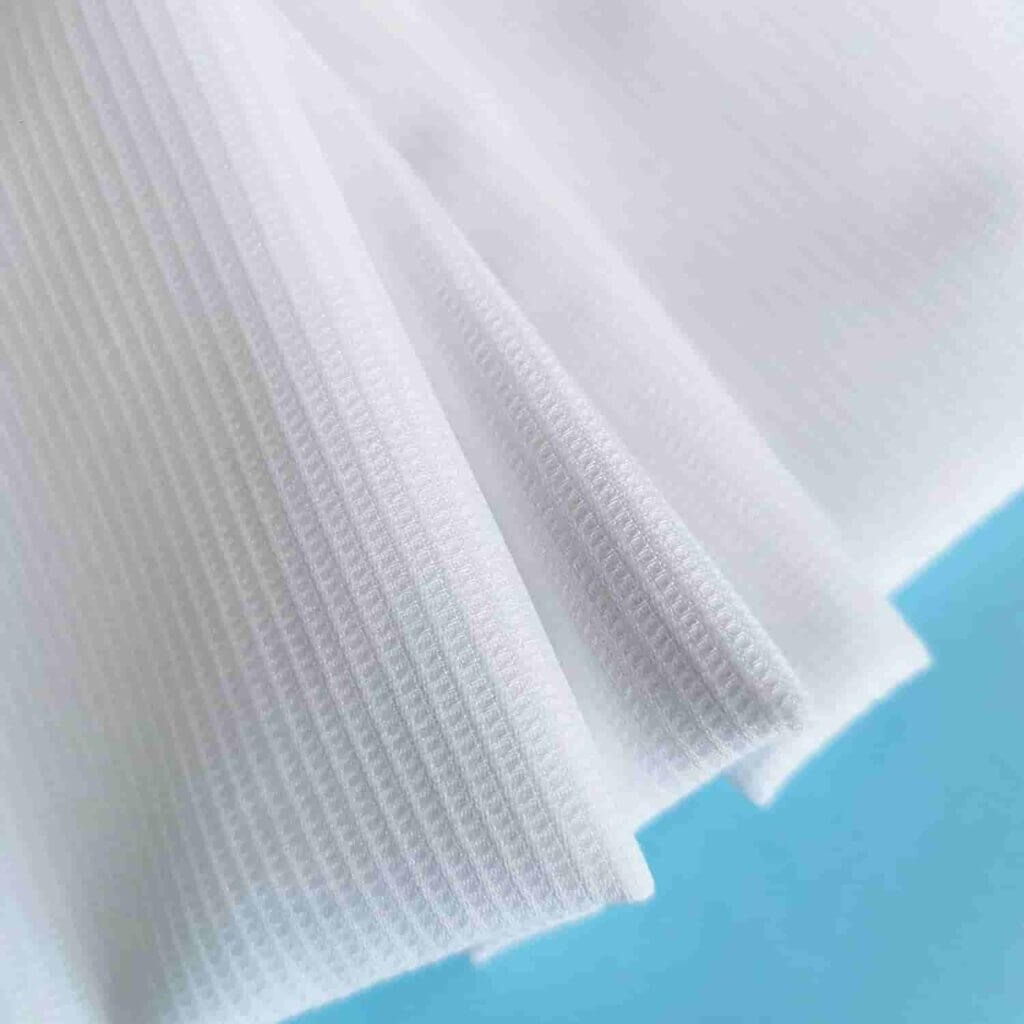

Satin
Satin weave is a fundamental weaving technique that produces a smooth, lustrous surface on fabric. Unlike other weaves, the satin weave has long floats of warp or weft threads, which reflect light and give the fabric its characteristic sheen. This weave is commonly used to produce satin fabric, but it’s essential to note that not all satin is produced using the satin weave, and not all fabrics made with a satin weave are satins.
Advantages of satin weave include:
Lustrous Finish: One of the most distinguishing features of satin weave is its glossy surface, which adds a touch of luxury and elegance to garments and textiles.
Softness: The smooth surface of satin weave provides a soft touch, making it comfortable against the skin.
Drape: Satin weave fabrics have an excellent drape, making them ideal for flowing garments like evening gowns and drapery.
Versatility: Satin weave can be produced using various fibers, including silk, polyester, acetate, and nylon, allowing for a range of textures and finishes.
Durability: While satin weave fabrics are often perceived as delicate, they can be quite durable, especially when made from synthetic fibers.
Insulating Properties: The dense structure of satin weave makes it a good insulator, suitable for bedding and linens.
Reflective Qualities: The sheen of satin weave fabrics can reflect light, making colors appear more vibrant and adding a touch of glamour.
However, satin weave also has its limitations. The long floats of threads make the fabric prone to snagging and can show wear over time, especially in frequently rubbed areas. Additionally, satin weave fabrics can be slippery, making them challenging to sew and handle. Care is also needed when cleaning, as some satin fabrics can be delicate and may lose their luster with harsh treatments.
In conclusion, satin weave offers a unique blend of beauty, luxury, and versatility. Its characteristic sheen and smooth finish make it a popular choice for fashion, home decor, and special occasions. As more individuals appreciate the aesthetic and tactile qualities of satin weave, it remains a sought-after technique in the textile industry.
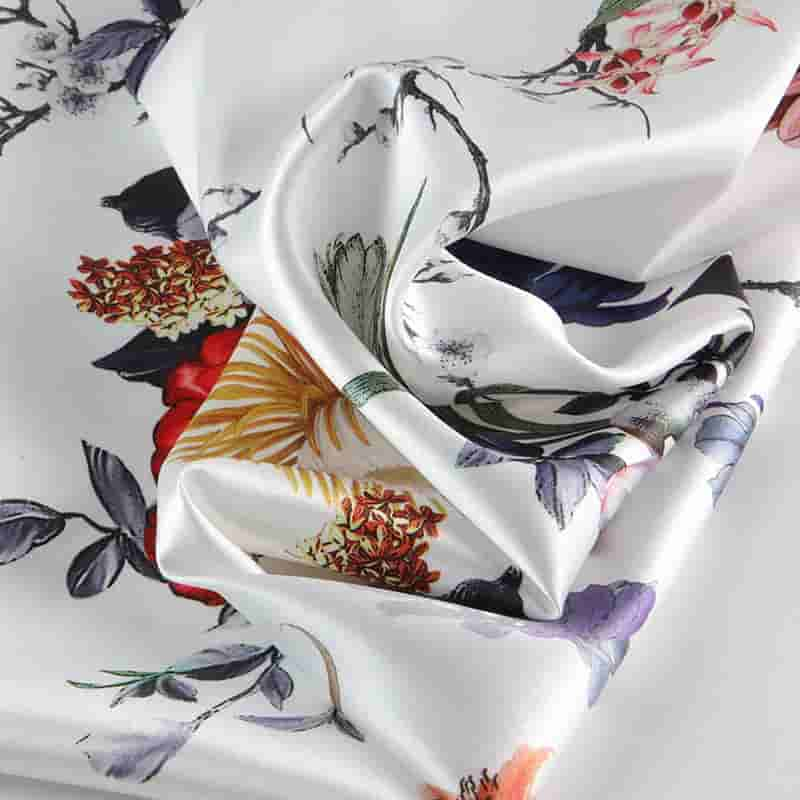
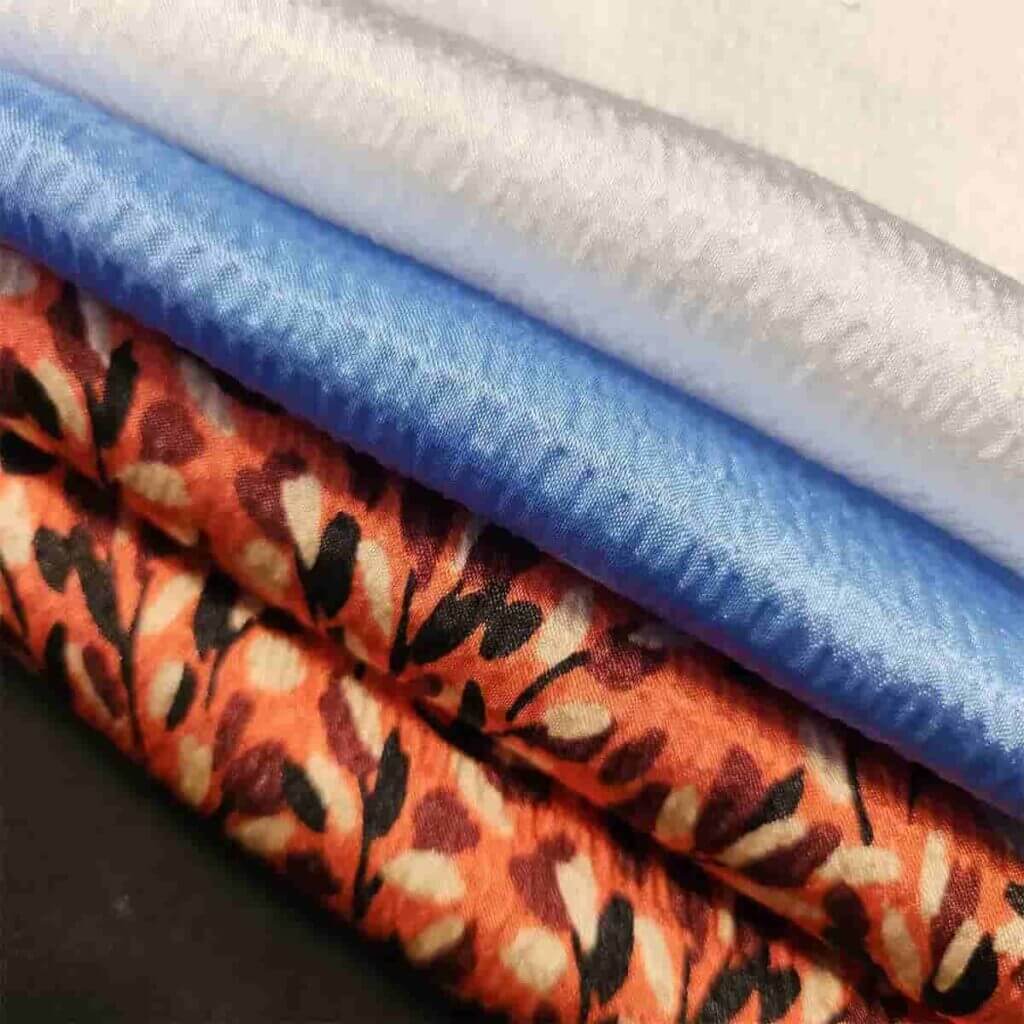
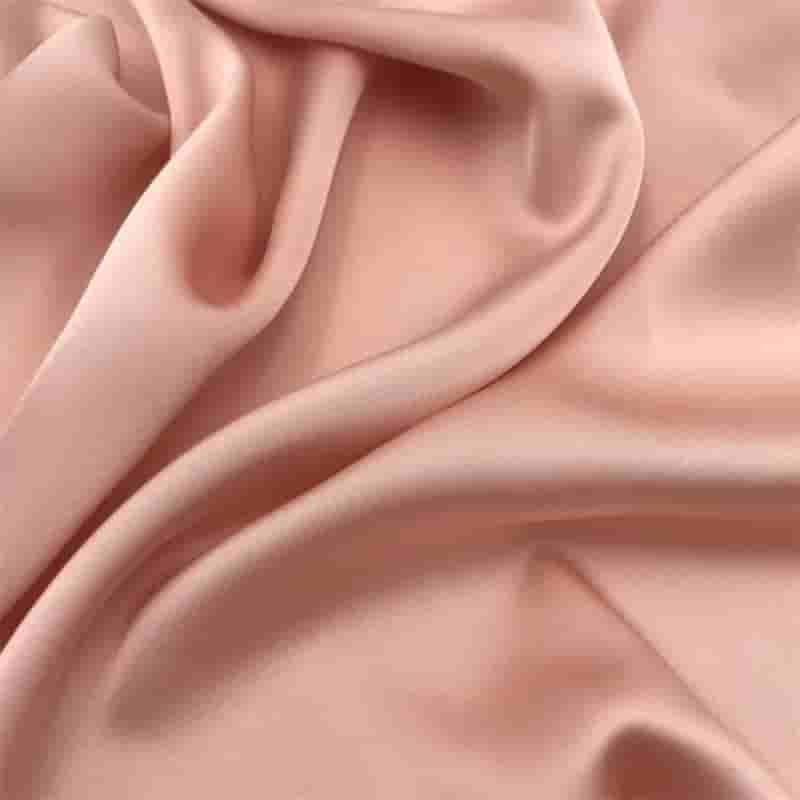
Jacquard
Jacquard is a specialized weaving technique that allows for intricate, detailed patterns to be created on fabric. Named after its inventor, Joseph Marie Jacquard, this method uses a Jacquard loom, which can control individual warp threads, enabling the creation of complex designs that would be difficult or impossible to achieve with traditional weaving methods. The Jacquard technique is often used to produce high-quality textiles like brocades, damasks, and tapestries.
Advantages of Jacquard fabric include:
Complex Patterns: One of the standout features of Jacquard is its ability to produce detailed, multi-colored patterns, which can range from simple geometrics to intricate florals and even pictorial scenes.
Texture Variation: Jacquard fabrics often have a raised pattern, giving them a unique texture that can be both seen and felt.
Versatility: The Jacquard technique can be applied to various materials, including silk, cotton, and synthetic fibers, resulting in a wide range of fabrics suitable for different purposes.
Durability: Due to the tight weaving technique, Jacquard fabrics are typically durable and can withstand wear and tear.
Elegance: The intricate patterns and designs of Jacquard fabrics exude a sense of luxury and sophistication, making them ideal for high-end fashion and home décor.
Customization: With modern technology, it’s possible to create custom Jacquard designs, allowing for personalized patterns and motifs.
However, Jacquard fabrics also come with some limitations. They can be more expensive than simpler woven fabrics due to the complexity of the weaving process. Additionally, the intricate patterns may require special care when washing to maintain their appearance. Some Jacquard fabrics can also be heavier than other textiles, which might not be suitable for certain applications.
In conclusion, Jacquard is a testament to the innovation and creativity in the world of textiles. Its ability to produce detailed, luxurious patterns makes it a sought-after choice for those looking to make a statement, whether in fashion or interior design. As technology continues to evolve, the possibilities with Jacquard weaving are bound to expand, solidifying its place as a timeless and versatile textile technique.



Twill
Twill is a type of textile weave characterized by its distinctive diagonal rib pattern. This weaving technique involves passing the weft thread over one or more warp threads and then under two or more warp threads, creating the recognizable diagonal lines on the fabric. Twill fabrics include denim, gabardine, and serge, and they are commonly used in making trousers, jackets, and shirts.
Advantages of twill fabric include:
Diagonal Pattern: The hallmark of twill is its diagonal weave, which not only gives it a unique appearance but also results in a dense, sturdy fabric.
Durability: Twill fabrics are known for their strength and durability. The tight weave ensures that the fabric is resistant to wear and tear, making it ideal for everyday wear.
Drape: Twill has a natural drape, making it a popular choice for garments that require a structured yet fluid look.
Resistance to Dirt: The diagonal structure of twill makes it less prone to dirt and stains, as they often slide off the raised pattern rather than settling on the fabric.
Versatility: Twill can be made from various materials, including cotton, wool, and synthetic fibers, making it suitable for a wide range of applications.
Fewer Wrinkles: Due to its tight weave, twill is less prone to wrinkles compared to other fabrics, which means garments maintain a neat appearance with minimal ironing.
Texture: The raised diagonal pattern provides twill with a unique texture that is both visually appealing and pleasant to touch.
However, twill fabrics also have some limitations. They can be heavier than other types of weaves, which might not be suitable for all applications. Additionally, the pronounced diagonal pattern might not be everyone’s aesthetic preference.
In conclusion, twill is a versatile and durable fabric that has been a staple in the fashion industry for years. Its unique diagonal pattern, combined with its many advantages, makes it a popular choice for both casual and formal wear. As textile technology continues to evolve, twill’s timeless appeal ensures it remains a favorite among designers and consumers alike.



Pile
Pile fabric refers to textiles that have a raised surface or “pile,” which can either be looped or cut. This type of fabric is primarily used for making plush items like towels, carpets, and velvets. The raised structure of the pile provides the fabric with a soft, luxurious feel, making it a popular choice for various applications where comfort and aesthetics are paramount.
Advantages of pile fabric include:
Softness: One of the most notable characteristics of pile fabric is its inherent softness. The raised fibers provide a plush surface that is comfortable against the skin.
Insulation: Pile fabrics are excellent insulators. The raised structure traps air, providing warmth and insulation, making it a preferred choice for winter clothing and blankets.
Versatility: Pile fabrics can be crafted from various materials, including cotton, wool, and synthetic fibers, allowing for a wide range of textures and appearances.
Absorbency: Due to its structure, pile fabric can absorb a significant amount of moisture, making it ideal for products like towels and bathrobes.
Aesthetic Appeal: Pile fabrics, especially those with a cut pile like velvet, have a luxurious sheen that is visually appealing and often associated with elegance and opulence.
Durability: When properly cared for, pile fabrics can be quite durable, resisting wear and tear from regular use.
Comfort: The soft and cushioned nature of pile fabrics provides added comfort, especially in applications like upholstery and bedding.
However, pile fabrics also come with certain challenges. They can be prone to matting and crushing, especially in high-traffic areas. Additionally, some pile fabrics, like velvet, can show marks and creases easily, requiring careful handling and maintenance.
In conclusion, pile fabric is a versatile textile choice known for its softness, insulation properties, and aesthetic appeal. Whether used in fashion, home decor, or everyday items, its unique texture and appearance make it a favorite among designers and consumers alike. As textile innovations continue, the applications and variations of pile fabrics are sure to expand, solidifying its place in the world of textiles.

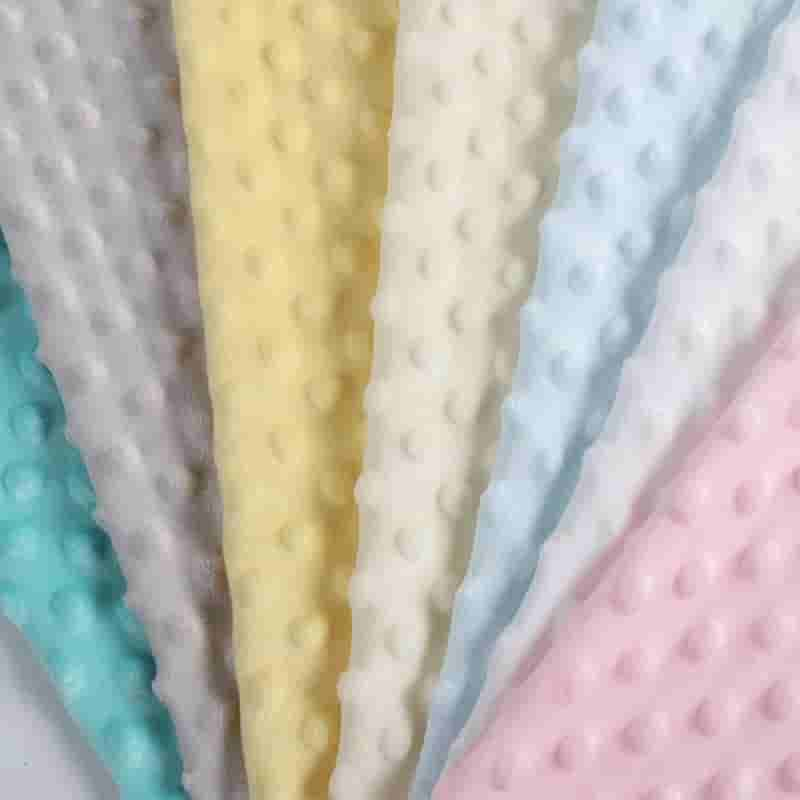

Basket
Basket weave is a type of textile weave pattern that resembles the interlaced structure of a woven basket. This weave is characterized by its checkerboard appearance, where groups of warp and weft threads are interlaced to form a simple crisscross pattern. The basket weave is a variation of the plain weave, but instead of a single thread, two or more threads are treated as one in both the warp and weft directions.
Advantages of basket weave include:
Texture: The basket weave creates a distinctive texture that is both tactile and visually appealing. This texture can add depth and interest to fabrics.
Flexibility: The structure of the basket weave allows for a flexible fabric that can drape well, making it suitable for various applications, from clothing to home decor.
Durability: Due to its intertwined nature, basket weave fabrics tend to be sturdy and durable, resisting wear and tear from regular use.
Breathability: The open structure of the basket weave allows for good air circulation, making it comfortable for wear, especially in warmer climates.
Versatility: Basket weave can be created using various materials, from cotton to silk, allowing for a range of textures and appearances.
Aesthetic Appeal: The checkerboard pattern of the basket weave is timeless and can add a touch of elegance and sophistication to products.
Easy Care: Fabrics with a basket weave pattern are generally easy to care for and can withstand regular washing and use.
However, there are some challenges associated with basket weave fabrics. They can be prone to snagging due to the raised texture. Additionally, if not woven tightly, the fabric may have a loose structure, which can lead to distortion over time.
In conclusion, basket weave is a versatile and attractive textile weave pattern that offers a unique texture and appearance. Its durability, flexibility, and breathability make it a popular choice for various applications. As textile innovations continue, the applications and variations of basket weave fabrics are sure to expand, further cementing its place in the world of textiles.
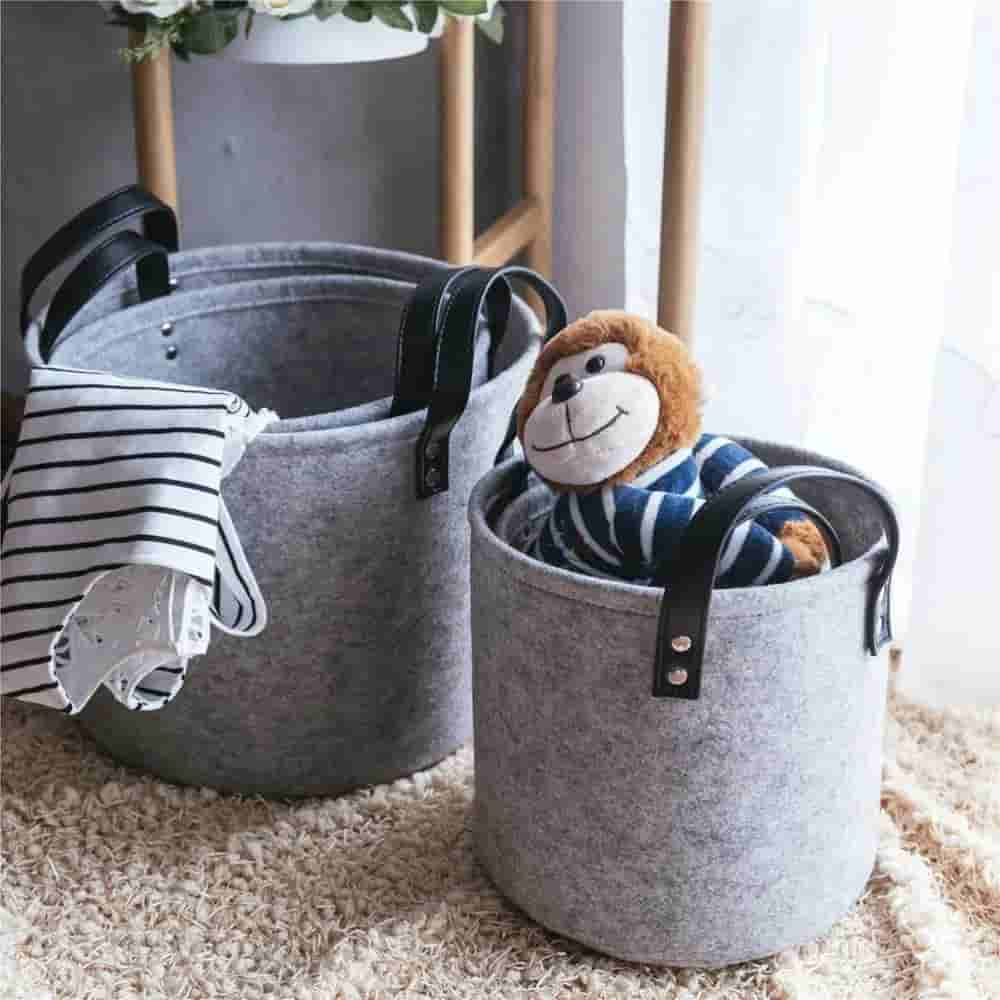
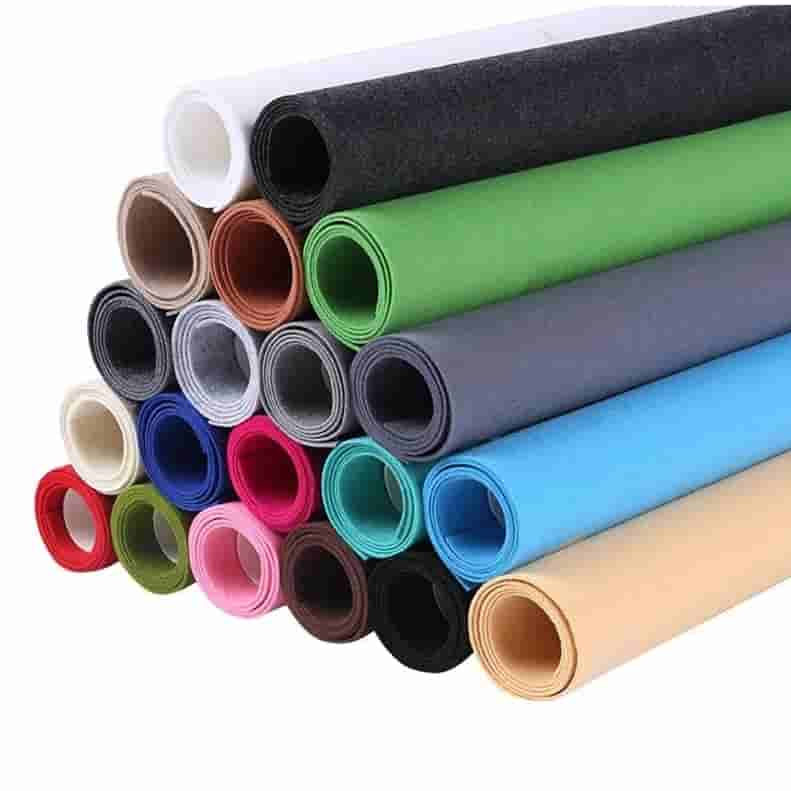
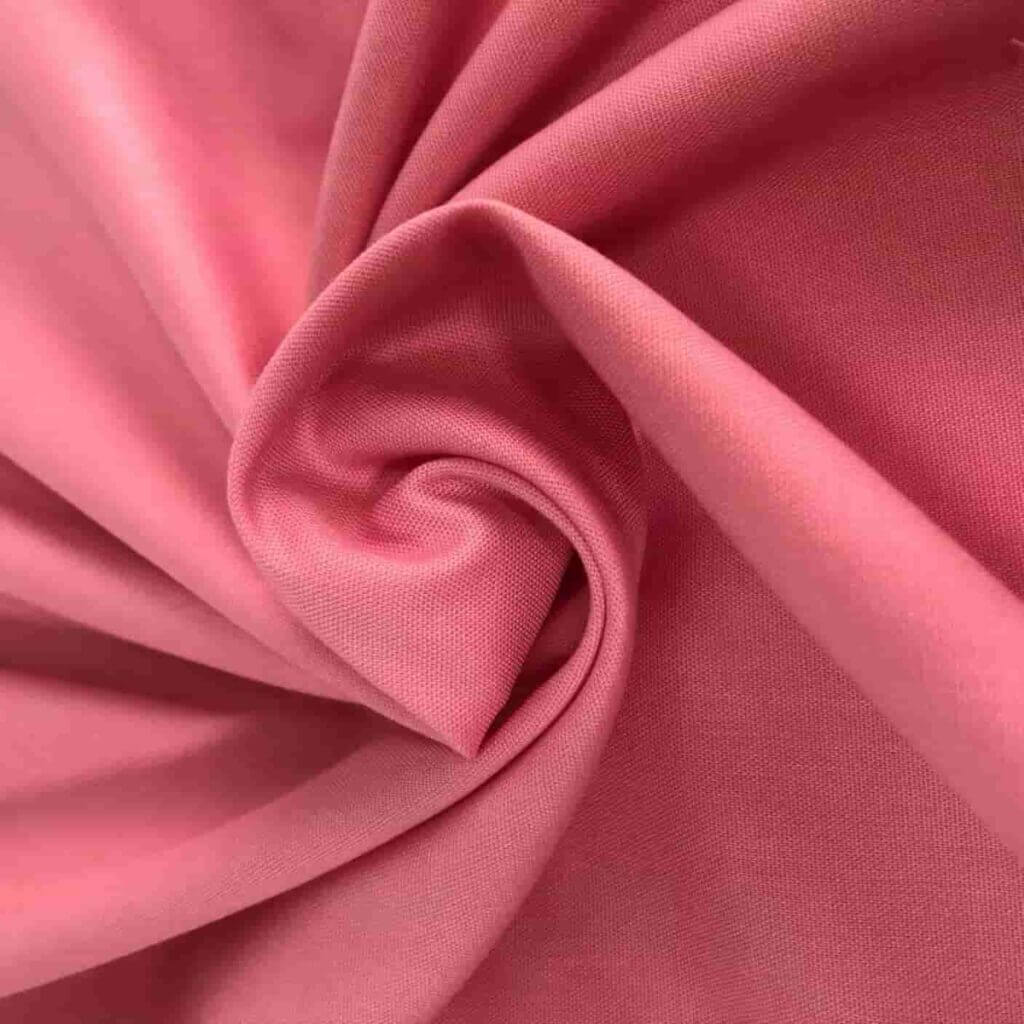
Interested in Wholesale or Bulk Orders?
Join our rapidly growing network of retailers spanning the USA, UK, Europe, and Australia. Reach out to us today!


